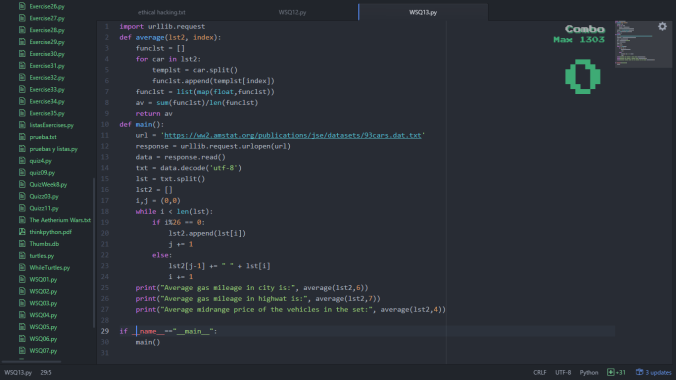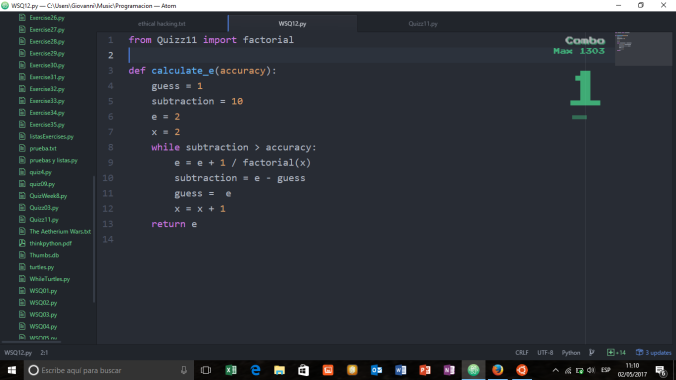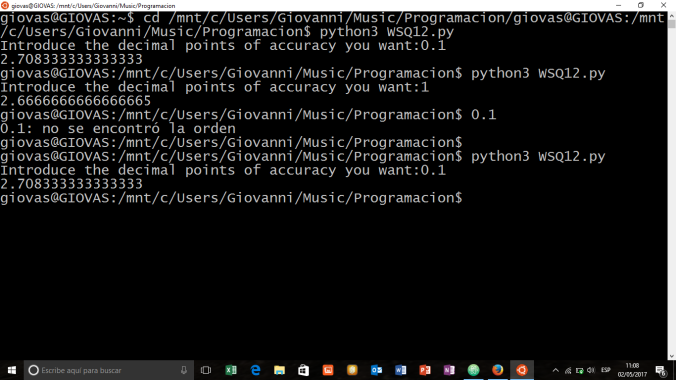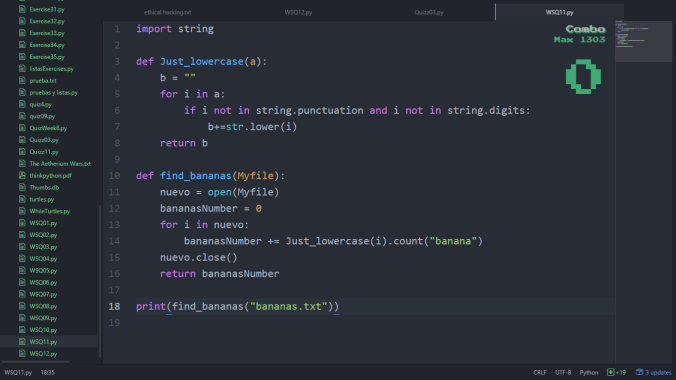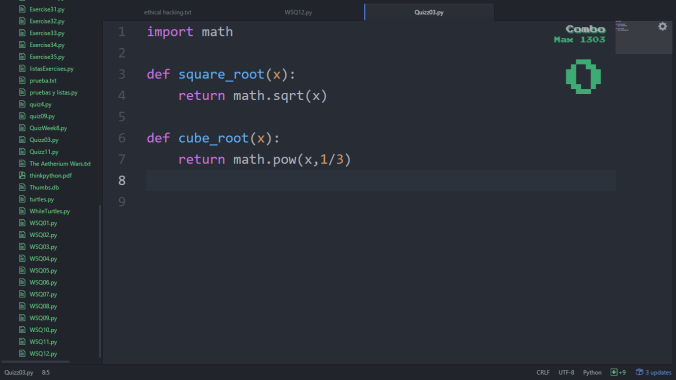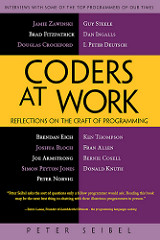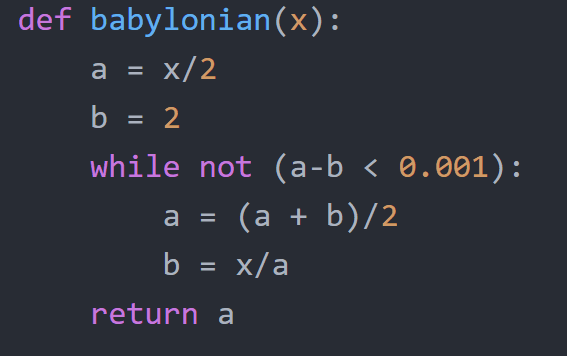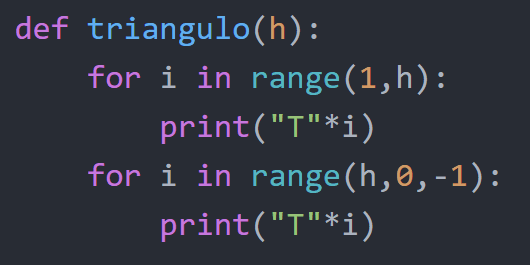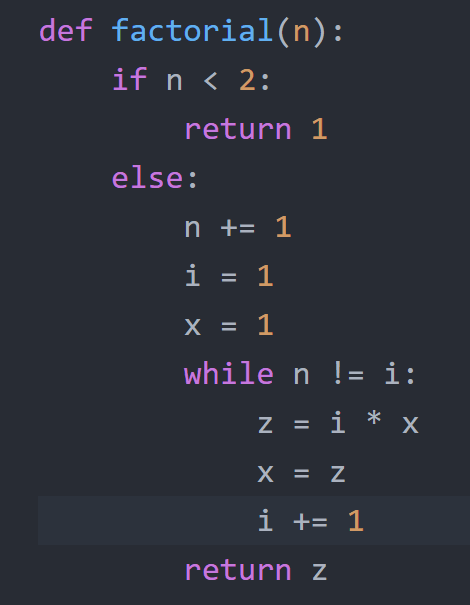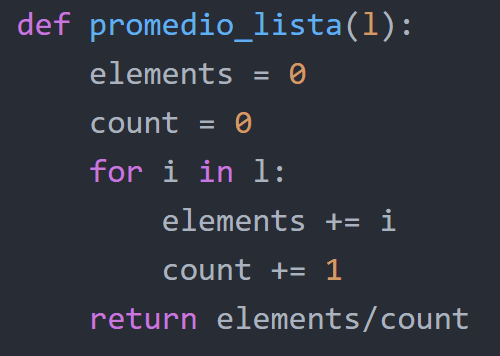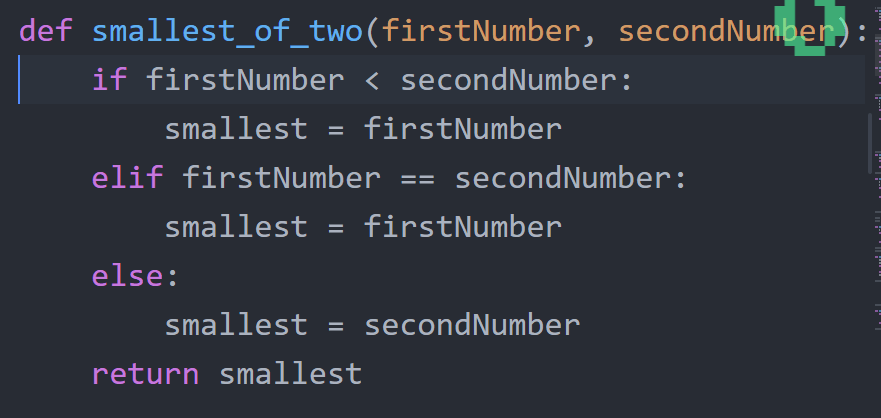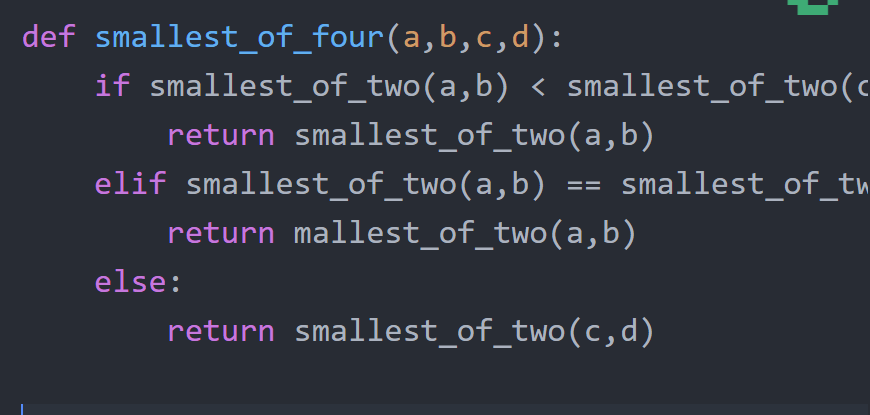--Originally published at Python fundamentals
Introduction
On the past Wednesday i was attending an event with my little sister called “Women in computing”, the idea behind this was to bring women engineers working on the tech industry to share their experiences and encourage other women to work on technology.
The truth is that even though I wasn’t part of the target audience I really enjoy it and learn a lot.
The event
The first exponent was Elizabeth López an Oracle engineer that told us about the serious problem of the lack of women in our industry, among other things.
Now, as someone that its working on get a degree in engineer I know that this it’s a sadly truth.
Then after a few minutes she came up with reasons about why we don’t have to many women in tech.
- The first one it’s that too many women are interested in science.
- Second, the small part that its interested in science are not interested in IT
Finally, she made a very good work trying to motivate and encourage to other women to study not just IT but to reach their potential and made it clear that IT it’s not just about programming.
The last and second speaker was Mireya, she was a former employee at CISCO Systems and now it’s an employee at Oracle with a managerial position.
Her talk was interesting, she told us about her life and the experiences that gave shape to her career.
The story that I enjoy it the most was when she told us that gave up a promotion because she wanted to spend more time with her childs and if she took it she would be transferred, at the end she concluded.
“Even though I gave up to the promotion i handle it to get the opportunity to
Continue reading "Women in computing" →
